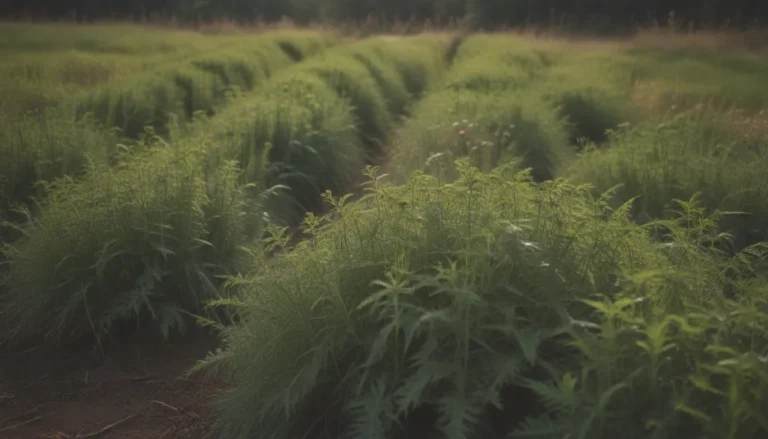Everything You Need to Know about Growing Heavenly Bamboo

Welcome to the ultimate guide on how to grow and care for heavenly bamboo (Nandina domestica)! Despite its misleading name, heavenly bamboo is not actually a bamboo plant at all, but rather a flowering, evergreen shrub native to eastern Asia. This stunning plant is known for its cane-like stems and delicate, bamboo-like leaves that change color throughout the seasons, making it a beautiful addition to any garden.
Why Choose Heavenly Bamboo?
Heavenly bamboo is a versatile plant that offers a multitude of benefits to gardeners. Not only does it provide year-round interest with its changing leaf colors and bright red berries, but it is also relatively low-maintenance once established. This resilient shrub is perfect for foundation plantings, informal hedges, shrub borders, and even container gardens.
Heavenly Bamboo Care Tips
To ensure your heavenly bamboo thrives, follow these care tips:
- Light: Heavenly bamboo is adaptable to various light conditions but thrives best in full sun to achieve its most vibrant colors.
- Soil: This plant is not picky about soil type but prefers moist, nutrient-rich, well-draining soil for optimal growth.
- Water: Water deeply and regularly during the first growing season to establish a strong root system. Keep the soil consistently moist but not waterlogged.
- Temperature and Humidity: Plant heavenly bamboo in a warm, slightly humid, wind-protected environment. While it can tolerate temperatures as low as 10 degrees Fahrenheit, avoid exposing it to prolonged freezing conditions.
Warning: Invasive Potential
It’s essential to note that heavenly bamboo has been classified as an invasive species in some regions. Be sure to check local regulations before planting it in your garden to prevent any unwanted spread.
Heavenly Bamboo Varieties
There are several heavenly bamboo cultivars available, with many dwarf varieties being popular among gardeners. Some of the most sought-after cultivars include:
- Variety 1
- Variety 2
- Variety 3
Pruning Tips
While heavenly bamboo looks best when allowed to grow in its natural form, light pruning can help maintain its fullness. Trim the canes to varying heights once per year for optimal results.
Propagating Heavenly Bamboo
Heavenly bamboo is easily propagated through cuttings. Softwood or semi-hardwood cuttings can be used for propagation. Follow these steps to propagate heavenly bamboo:
- Softwood Cutting Steps
- Semi-Hardwood Cutting Steps
How to Grow Heavenly Bamboo from Seeds
While cuttings are the preferred method of propagation, heavenly bamboo can also be grown from fresh seeds. Follow these steps to grow heavenly bamboo from seeds:
- Seed Harvesting and Germination
Potting and Repotting Tips
If you’re considering growing heavenly bamboo in a container garden, here are some essential tips:
- Repot the plant every two to three years.
- Keep the soil consistently moist, especially when grown in a container.
- Water more frequently when grown in a container versus a garden setting.
Overwintering Your Heavenly Bamboo
To protect your heavenly bamboo from freezing temperatures, consider overwintering it indoors as a houseplant. Keep pets away from the berries to avoid any potential harm.
Dealing with Pests and Diseases
While heavenly bamboo is generally low-maintenance, it can still face pest and disease issues. Look out for cottony cushion scale, mealybugs, whiteflies, and bacterial leaf scorch. Address any pest infestations promptly to keep your plant healthy and thriving.
In conclusion, growing heavenly bamboo can be a rewarding experience for any gardener. With its stunning colors, low-maintenance nature, and versatility in various garden settings, this plant is sure to become a favorite in your outdoor space. By following the care tips and propagation methods outlined in this guide, you’ll be well on your way to cultivating a thriving heavenly bamboo garden of your own. Happy gardening!





